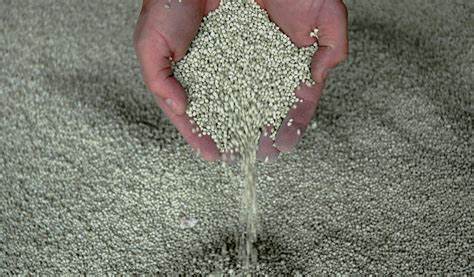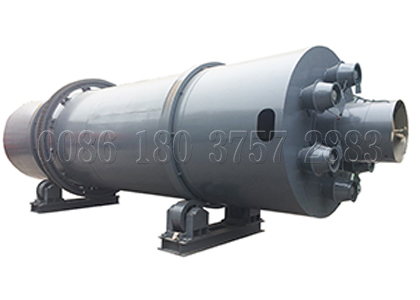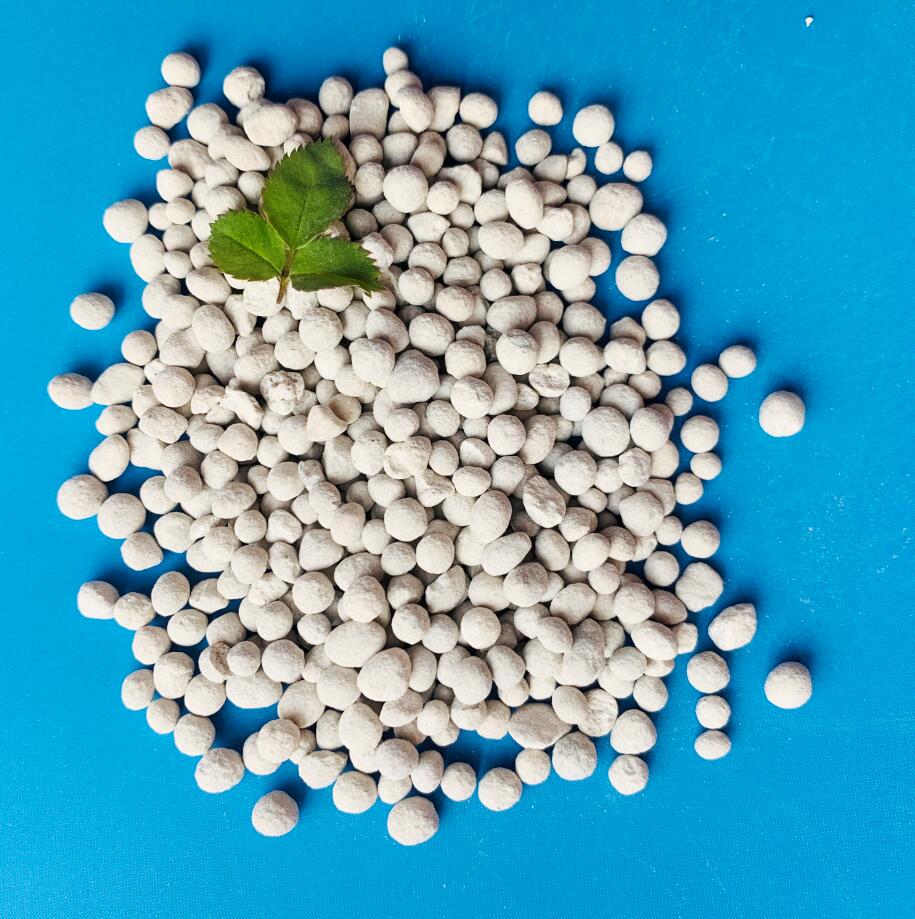Processing sulfur coated urea in 15 t / h NPK fertilizer production line
Sulfur coated urea is a kind of coated slow release nitrogen fertilizer. In the process of NPK fertilizer production line, spherical urea is coated with a layer of molten sulfur to improve the physical properties of urea.

Sulfur coated urea is increasing in agricultural applications. With the increase of high concentration fertilizer application rate, the application amount of sulfur-containing super phosphate was relatively reduced, and the crop yield increased. The amount of desulfurization in soil increases, and the area of sulfur deficient land is expanding at home and abroad.
Therefore, the application of sulfur coated urea can not only improve the utilization rate of nitrogen, but also supplement the sulfur in soil.

Sulfur urea fertilizer production line equipment
Zhengzhou SX Heavy Industry Technology Co., Ltd. produces various NPK fertilizer production lines, organic fertilizer production lines and fertilizer granulation production lines. As shown in the figure, our plant specially designed a 15 t / h sulfur coated urea fertilizer production line. Sulfur urea production line equipment: 1 loader feeding hopper, 3 large angle belt conveyors, 1 rotary drum heater, 1 coating machine, 2 rotary drum powder machines and 1 fertilizer packaging machine for npk.

Processing technology of sulfur coated urea in NPK fertilizer production line
Urea particles are heated by a heater and then coated with a sulfur-containing outer film. After urea coating, it is sent to powder machine by large angle belt conveyor. The powder machine sprays particles to seal the cracks of the coating and reduce the biodegradation of the sulfur coating. Two series of machines are used to ensure the quality of fertilizer. The coating of NPK fertilizer production line on the outer layer of urea ensures the slow release of fertilizer efficiency.
The outer envelope provides a physical barrier for urea, so that urea is slowly permeated by water and decomposed by microorganism. In the soil environment, urea gradually diffuses through the envelope, and releases nutrients slowly through the envelope cracks and the structure formed naturally on the envelope surface.

